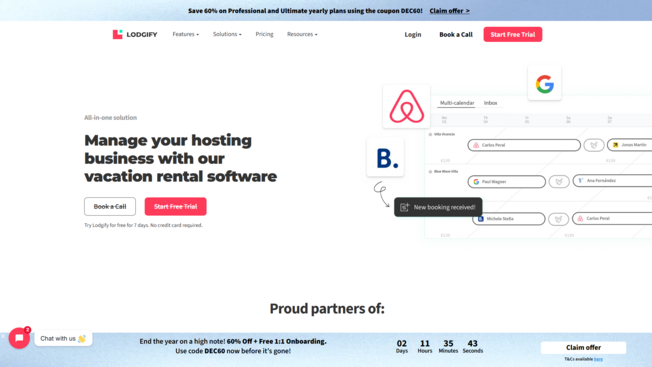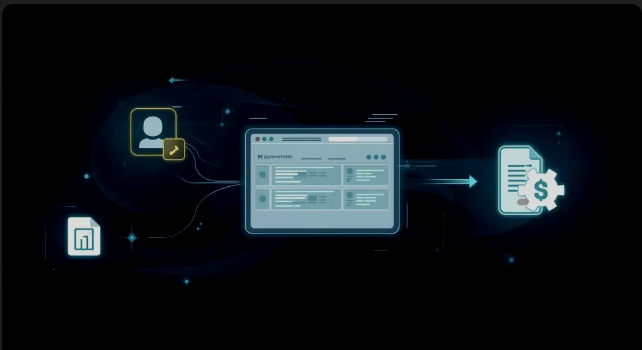
If you’re in the marketing sector, you’ve surely heard of Guy Kawasaki. For many tech marketers, Kawasaki has revolutionized the approach to marketing, even coining the word ‘evangelism marketing’.
Guy Kawasaki is a Silicon-Valley based author, speaker, entrepreneur, and evangelist. Guy Kawasaki is well-known for his work at Apple, marketing its Macintosh computer line in 1984. Later, he went on to invest in and add his marketing magic to companies like Canva.
From March 2015 until December 2016, Kawasaki sat on the Wikimedia Foundation board of trustees, the non-profit operating entity of Wikipedia.
As founder of Garage Technology Ventures, he has tested and proven his ideas with dozens of startup companies. He is the author of over half a dozen business books, including Rules for Revolutionaries, The Art of the StartSelling the Dream and How to Drive Your Competition Crazy.
As a thought leader and a people leader in the startup space, Guy provides practical advice from being a more effective evangelist to helping entrepreneurs. Here's some pointer advice that can help you improve your slide decks and pitch your ideas more effectively.
★ Make Meaning
Focus on making meaning, not money. If your vision for your company is to grow it just to flip it to a large company or to take it public and cash out, "you're doomed".
Great innovation is motivated by the desire to make meaning and to change the world. Companies that are successful started because they want to make the world a better place. If you are just trying to make money, then you attract the wrong kind of people.
Kawasaki says that great companies are built around one of three kinds of meaning:
• Increase the quality of life. Make people more productive or their lives easier or more enjoyable.
• Right a wrong. A variant on the above. Be a part of the solution, not a part of the problem.
• Prevent the end of something good. Preserve something classic or historical. Save the whales.
★ Make A Mantra
Kawasaki recommends coming up with a simple mantra, preferably three words or less, that succinctly describes your core values.
Some examples he gave:
• Nike — Authentic athletic performance
• FedEx — Peace of mind
"Take some time out and create a mantra for your organization. The test for a mantra is that every employee can recite it.”
— Guy Kawasaki
★ Jump To The Next Curve
Most companies start on a curve and die on a curve, according to Kawasaki. There are certainly a large number of companies that became irrelevant due to their failure to see the next curve. The problem with most businesses is that they define innovation as what they do in their business. Define yourself not as what you do, but as the benefit you provide. Great innovation begins in jumping or creating the next curve.
“When you think about your company, don’t define yourself in terms of what you already do. Think about the benefits that you provide.”
— Guy Kawasaki
★ Roll The DICEE
Don’t be afraid to take a chance and put out something unique to your market. Kawasaki recommended using “DICEE” when making decisions.
DICEE refers to:
• Deep
• Intelligent
• Complete
• Empowering
• Elegant
Kawasaki noted using DICEE regularly can help one provide value to its customers and stay ahead of its rivals.
★ Don’t Worry, Be Crappy
Failure happens but you should embrace and own your mistakes. Waiting for perfection to happen ultimately can do more harm than good. It's OK if your 5.0 release is a little rough around the edges, so long as it still creates value for customers. If you wait until it is perfect you may miss your opportunity.
“If you wait for this perfect world where all the software and tools are there, you will never ship, and the world will pass you by.”
— Guy Kawasaki
★ Let A Hundred Flowers Blossom
Kawasaki pointed out a company that releases a product or service could have a target audience, but customers may find new ways to use this business’ offering. Your best customers may not be who you expect them to be, and no matter how good you are, no matter how much market research you do, you can't perfectly predict what will happen in the real world.
Don't be surprised when the people who are buying your product aren't your intended target market. Instead, find out why they're buying it and capitalize on your newfound good fortune.
★ Polarize People
Great innovation polarizes people, it is one of the consequences.
You can't please everyone. It's better to have a small, fiercely loyal customer base than to create a mediocre product that fades quickly into obscurity.
“Great products polarize people. Some people will love it, some people will despise it, and that’s ok. What you need to worry about is if people don’t care.”
— Guy Kawasaki
★ Churn Baby, Churn
Innovation requires customer feedback, according to Kawasaki.
This is the hardest thing about innovation, you need to be in denial and refuse to listen to naysayers.
★ Niche Thyself
Ideally, you create something that is both of high value to customers and that few others are doing. You should determine if your offerings are unique and provide value to your customers. By doing so, you can fulfil your customers’ needs.
If you are designing a new product then you need to make sure that what you are doing is both unique and valuable. Find your niche. Be the best in it.
★ Perfect Your Pitch
Customize your introduction to show that you know where you are and find out information about who you are talking to.
Developing a perfect pitch with an explanation of why your offerings are unique and valuable.
“Great innovators have to be able to convince people with pitches, speeches and presentations.”
— Guy Kawasaki
⯬🢚⯮ Final Words ⯬🢚⯮
How does a business gain that sort of confidence?
By building something that has meaning and is innovative.
If you believe that you are somehow limited to a certain level of accomplishment or a certain capability, then you will absolutely be limited to that. But if you have a growth mindset where you can get better and you can do other things, then that is a much better mindset that will enable you to accomplish more.
Have a growth mindset. Know that you can teach yourself. Know that your capabilities are only limited by your willingness to work hard at them. It’s all up to you to figure out what to harvest and calendarize.
And there you have it! 😊
Do you have any stories or experiences to share?
We’d like to hear about it. Feel free to share it in the comments.

















Leave a Reply